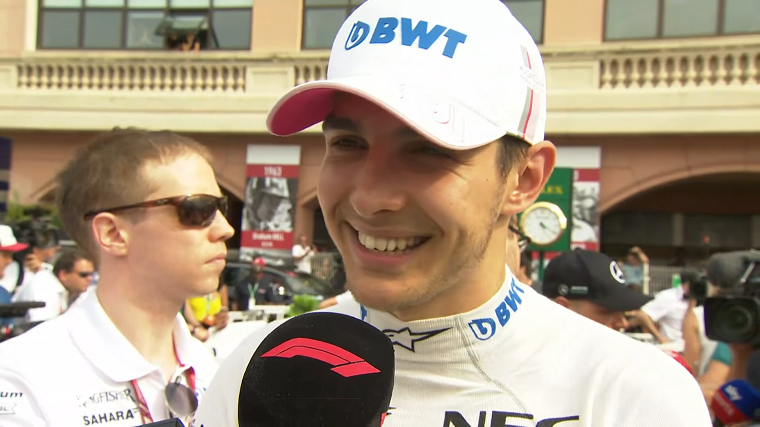Team Orders Helped Hamilton to the Podium in Monaco
A decisive moment came in the 2018 Monaco Grand Prix after Lewis Hamilton, who had been running third, came in for his first and only pit stop of the race.
He switched to the purple-marked “ultrasoft” tire on lap 12 and came out of the pits behind the Force India of Esteban Ocon. Time was of the essence: Kimi Räikkönen, who had been running fourth, would lap more quickly than him if he remained stuck behind Ocon, and would then be able to pit and come out ahead rather than behind the Mercedes driver.
On lap 14, however, Hamilton did get past Ocon, and it was early enough that by the time Ferrari put Räikkönen on new tires, the Finn was still fourth. But the overtake was so easy as to raise eyebrows, and Sky Sports commentators Martin Brundle and David Croft immediately suspected that Mercedes had told Force India—a low-budget team that obtains its engines from the German manufacturer—to order its driver to move over.
Later comments by Ocon, who is also a Mercedes junior driver, added weight to the suspicion. “I’m a Mercedes driver, you should ask the boss,” he told Sky Italia, before adding that “it was pointless to fight with him, especially as he had new tires,” and that he had “maybe” received team orders.
Mercedes boss Toto Wolff then confirmed the entire thing to La Derniere Heure, stating that Ocon had indeed been instructed to let Hamilton past “because that’s the way it is.”
After the Race: How to remove odors from your car
Though orders within a team can sometimes be a necessary evil, orders between teams should never be allowed, as they contribute to an environment where manufacturers can control smaller, private teams for their own benefit.
Mercedes competitors such as Ferrari and Red Bull also have a stake in smaller teams, such as Haas and Toro Rosso, respectively, but their drivers have never moved over for their engine supplier so readily (in some cases, quite the opposite).
And Ocon’s willingness to please the Mercedes bosses certainly had an impact on the results given the characteristics of racing in the streets of Monte Carlo. Ricciardo, despite a major engine issue, was slower than Ocon in the second stage of the race, yet the much quicker Sebastian Vettel still could not pass him. In fact, Ocon finished the race just behind the queue of five cars that had formed at the front.
This suggests that had Ocon tried to defend his position against Hamilton, he very likely could have managed it, possibly all the way up until his own pit stop on lap 23. And had that happened he would have finished fourth, not third, thereby reducing the gap between Mercedes and Ferrari by six points.
Buying vs Leasing: A side-by-side comparison

The News Wheel is a digital auto magazine providing readers with a fresh perspective on the latest car news. We’re located in the heart of America (Dayton, Ohio) and our goal is to deliver an entertaining and informative perspective on what’s trending in the automotive world. See more articles from The News Wheel.


